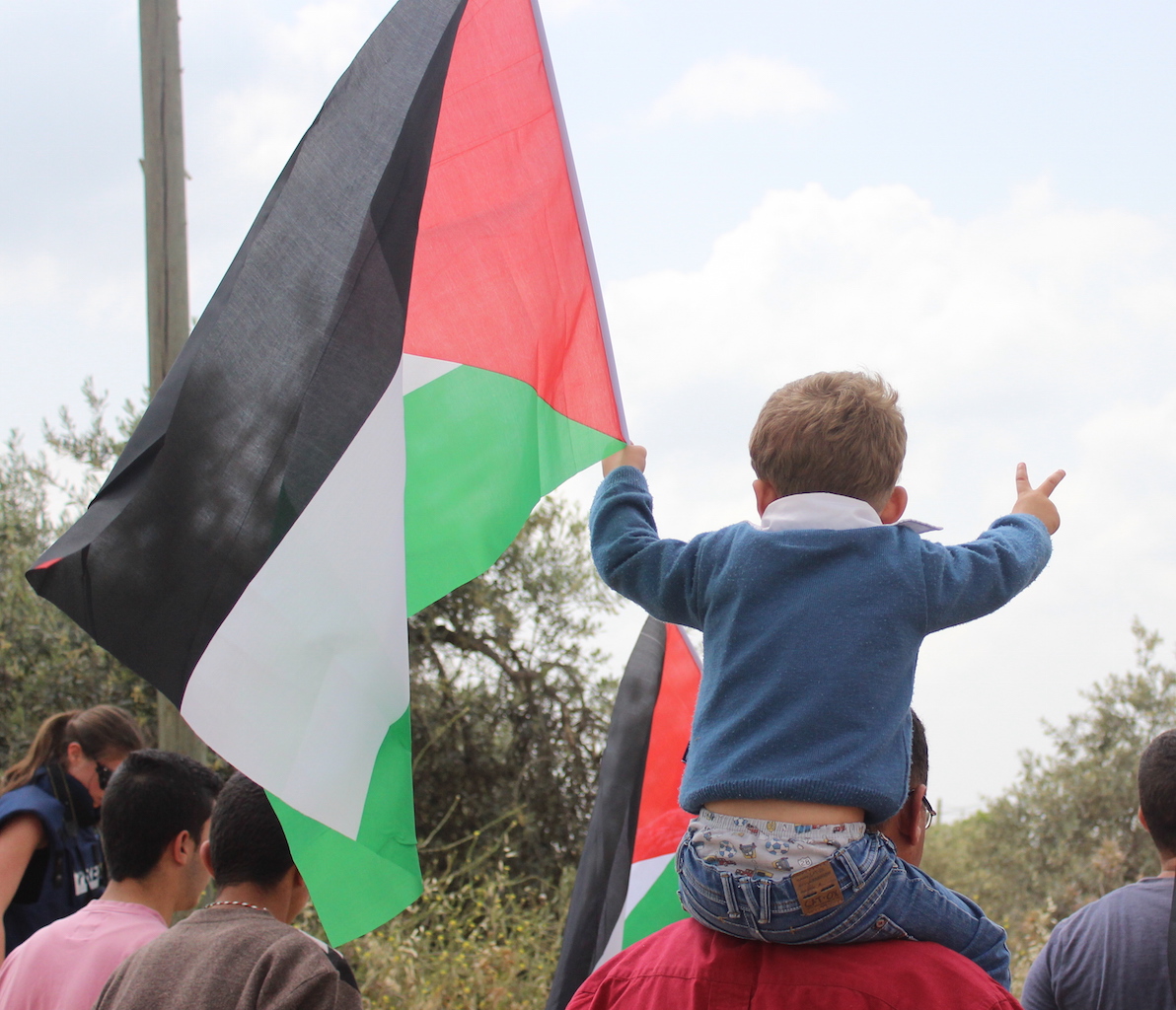Tag: Live Ammunition
-
Israeli forces shot five in Kafr Qaddum
17nth April 2015 | International Solidarity Movement, Huwwara Team | Kafr Qaddum, Occupied Palestine This week’s Friday demonstration in Kafr Qaddum followed the same violent pattern as the previous ones during the past weeks. The Israeli occupation forces began their shooting before the demonstration even started. Soldiers and border police fired tear gas, stun grenades, rubber-coated steel bullets and live ammonition…
-
Prisoners’ day at weekly Bil’in demonstration
17th April 2015 | International Solidarity Movement, Khalil Team | Bil’in, Occupied Palestine Over 300 people attended the Prisoners’ Day demonstration in Bil’in. The Israeli army fired endless amounts of teargas and shot one person in the chest with a live ammunition. After the prayer, protesters marched towards the apartheid wall and the illegal settlement…
-
Four people shot in the first 5 minutes at Nabi Saleh protest
3rd April 2015 | International Solidarity Movement, Ramallah Team | Nabi Saleh, Occupied Palestine The weekly Friday protest in Nabi Saleh was met with extreme violence by Israeli Occupation Forces. Four people were shot in the first five minutes of the protest. One man and one woman were shot and wounded by snipers using .22 caliber live…



